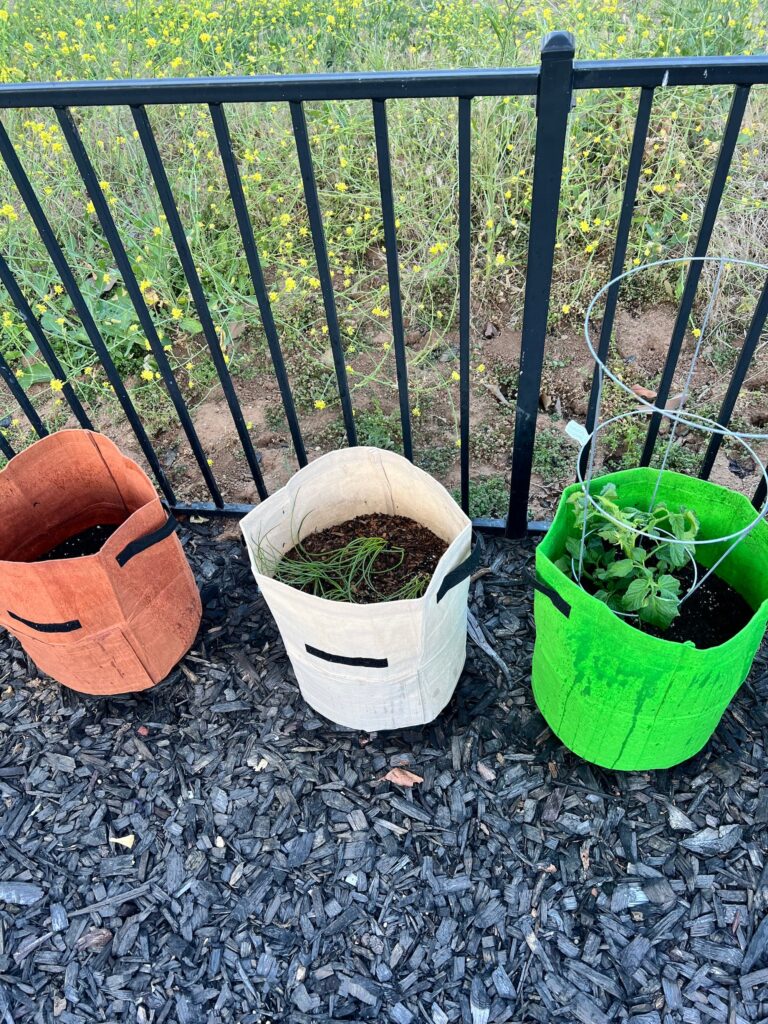
Are you looking to grow some of your own produce but don’t have a lot of outdoor space for a traditional garden? Bucket gardening could be the perfect solution for you! Bucket gardens allow you to grow a surprising amount of fruits, veggies, herbs, and flowers in a very small footprint by utilizing containers like buckets, pots, or barrels. It’s an ideal way for those who live in apartments or those with just a patio or balcony to enjoy gardening.
Key takeaways
- Bucket gardening allows you to grow a variety of fruits, veggies, herbs and flowers in a small space like a patio, balcony or indoors using containers instead of garden beds.
- Any large bucket, pot or barrel can work as long as it has drainage holes in the bottom. Use containers at least 12-18 inches deep and wide.
- Use a quality potting mix rather than regular garden soil, which is too dense for containers. Add fertilizer regularly.
- Well-suited plants include compact varieties like tomatoes, peppers, greens, herbs, and bush beans. Avoid large vining crops.
- Place containers in a sunny spot getting 6-8 hours of direct sun per day. South or west facing windows work well indoors.
- Pay close attention to watering needs, checking soil moisture daily. Containers dry out faster than in-ground gardens.
- Apply a balanced liquid fertilizer every 2-4 weeks or use organic options like compost tea or fish emulsion.
- Move containers indoors for winter or grow cold-hardy crops outside with insulation and mulch.
- Bucket gardening makes edible gardening possible even with extremely limited space while producing bountiful harvests.
What is bucket gardening?
Bucket gardening is a form of container gardening where you grow plants in buckets or other containers instead of directly in the ground. Some key points about bucket gardening:
- It allows you to grow fruits, vegetables, herbs, and flowers in a very small space like a patio, balcony, or even indoors.
- Large buckets, pots, barrels or other containers are used instead of raised beds or in-ground gardens.
- The containers have drainage holes in the bottom and are filled with a quality potting mix rather than regular garden soil.
- Buckets make efficient use of vertical space by growing vining crops up trellises or cages.
- Plants get their nutrients from the potting mix, so regular fertilizing is important.
- Watering needs are higher compared to in-ground gardens since the soil dries out faster in containers.
- It’s a great way for people with little or no yard space to grow at least some of their own food.
So in essence, bucket gardening lets you create very small-scale, portable “gardens” by growing plants in individual buckets or pots instead of garden beds. The buckets serve as self-contained planters.
What types of buckets can you use for bucket gardening?
For my bucket garden, I ordered these containers from Amazon.
But the beauty of bucket gardening is that you can use almost any container you have lying around! Keep in mind that you’ll need some large containers with drainage holes — buckets, pots, or even barrels work great.
Choose containers at least 12-18 inches across and deep for maximum root growth. Food-grade plastic buckets are ideal as they are durable, affordable, and widely available. You’ll also need a drill to create extra drainage holes if needed.
What kind of soil should you use for your bucket?
Fill your containers with a high quality potting mix formulated for container gardening. Regular garden soil alone is too dense for pots and buckets. You can find premixed potting soil mixes or make your own by combining compost, peat moss, vermiculite or perlite, and some fertilizer.
I recommend this potting soil from Amazon.
What types of plants work best for bucket gardening?
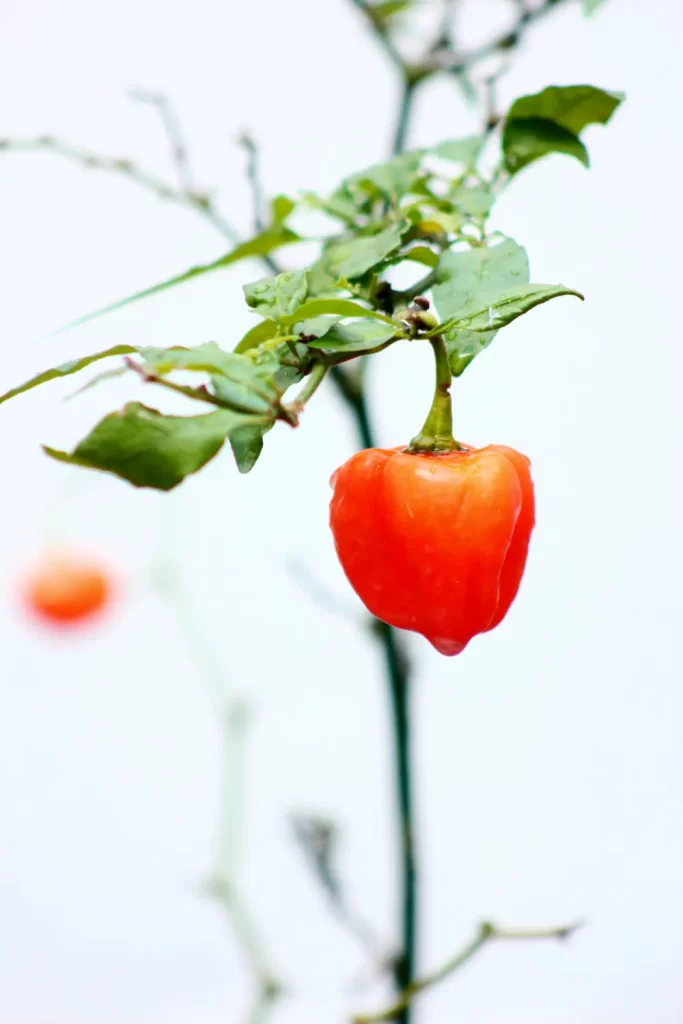
The best bucket garden crops are compact plants that don’t spread far like potatoes, onion, garlic, lettuces, greens, herbs, radishes, carrots, peppers, eggplants, tomatoes, and bush beans.
You can absolutely grow larger crops like squash or melons, but typically only 1-2 plants per bucket. Consider companion planting by growing crops together that benefit each other.
Where to place your garden buckets for prime location and sunlight
Like any garden, your bucket garden needs the right location and amount of sunlight. Most vegetables need 6-8 hours of direct sunlight per day. If planting on a balcony or deck, make sure to find the sunniest spot. For indoors, situate buckets in south or west facing windows. Those planting outdoors will likely need to move buckets around to follow the shifting sun exposure.
How often should you water and fertilize your garden?
A major consideration for bucket gardens is watering since the soil dries out faster in pots. Check soil moisture daily and water when the top inch or two of soil has dried out. Frequent watering is essential, especially during hot, dry periods. Adding mulch like straw, leaves or bark on top can help retain moisture.
Fertilizing is also crucial as plants rely solely on what’s in the potting mix. Use a balanced liquid fertilizer every 2-4 weeks following product instructions. Fish emulsion, worm castings, or compost tea are excellent organic options.
Here are some watering tips:
- Develop a daily routine of checking your bucket soil moisture. Stick your finger into the top inch or two of the soil. If it feels dry to the touch, it’s watering time.
- Avoid underwatering or overwatering. Underwatered plants will wilt and struggle to grow, while overwatered ones can develop root rot. Aim for consistently moist soil, but not soggy.
- Adding a layer of mulch (straw, leaves, or bark) on top of the soil helps retain moisture and reduce evaporation.
- Grouping plants with similar water needs together can simplify watering. Plants that require more water won’t be outcompeted by their more drought-tolerant neighbors.
Here are some fertilizing tips:
- Use a balanced liquid fertilizer every 2-4 weeks following the product instructions on dilution and application.
- For a more natural approach, consider organic fertilizers like fish emulsion, worm castings, or compost tea. These options provide nutrients while promoting healthy soil biology.
What to do with your buckets during winter
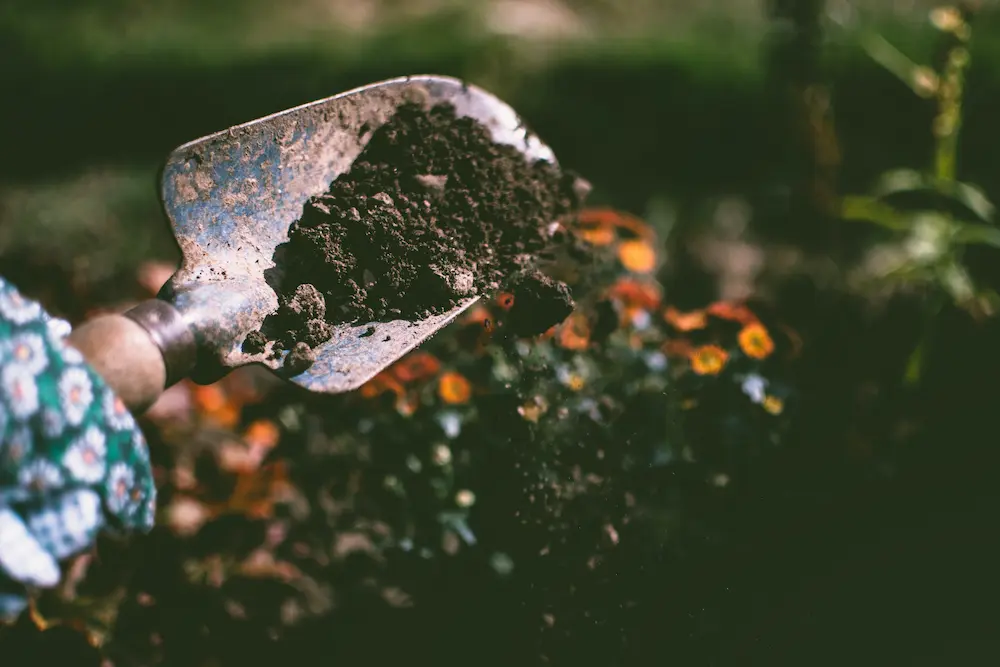
To keep your bucket garden going into winter, move portable containers inside to a sunny room. Many greens, herbs and some root veggies can be grown indoors year-round this way. You’ll need to supplement with a grow light though.
Another option is to grow cold-hardy crops like kale, carrots, beets and spinach in buckets outside over winter if your climate permits. Bubble wrap insulation around the containers helps protect roots. Use a thick mulch layer on top as well.
FAQs about bucket gardening
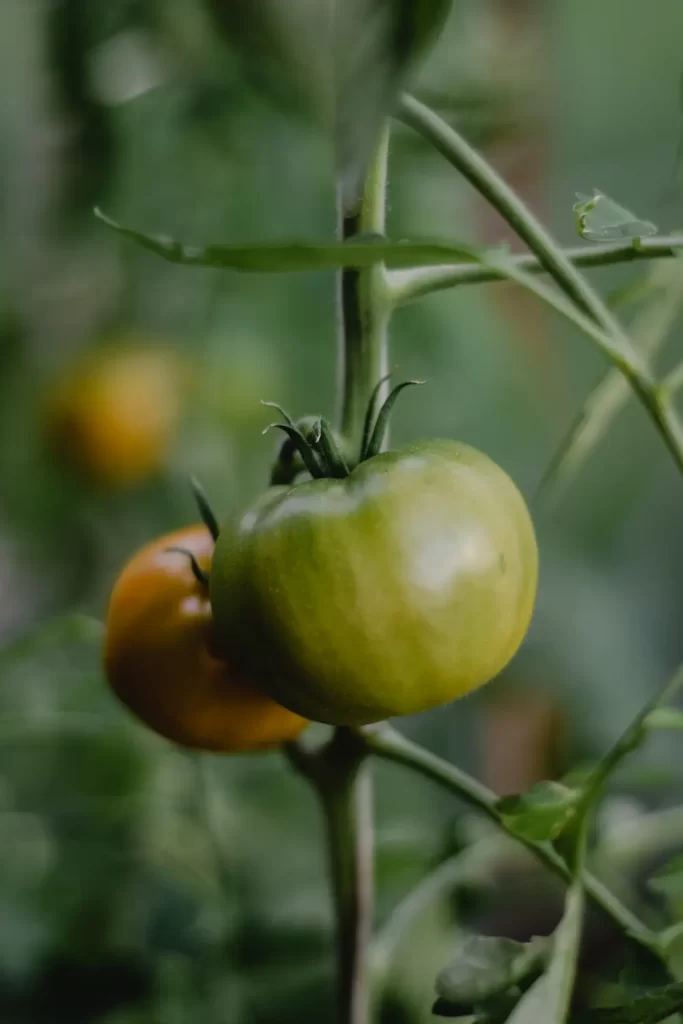
How many plants can I grow in one bucket?
This depends on the size of the bucket and the plant varieties, but in general:
- One large plant per 5 gallon bucket (e.g. tomato, pepper)
- 2-3 smaller plants per 5 gallon bucket (e.g. lettuce, herbs)
- Up to 5 or more for things like radishes or green onions
Do I need to add drainage holes if my container doesn’t have any?
Yes, providing proper drainage is crucial. Drill several 1/2 inch holes in the bottom of the bucket to allow excess water to drain out. However, if your bucket is fabric material, you do not need drainage holes since the fabric allows excess water to drain.
How deep should my buckets/containers be for bucket gardening?
Shoot for containers at least 12 inches deep, but 18-24 inches is ideal for bigger plants with more extensive root systems like tomatoes.
Can I reuse my potting mix from last season?
It’s best to start with fresh potting mix each season. Used potting mix can become compacted and depleted of nutrients over time.
Is it okay to grow different plants together in one bucket?
You can try companion planting by combining compatible plant varieties that benefit each other in the same container. Just be mindful of their relative size and sunlight/water needs.
How do I keep pests away from my bucket garden?
Use insect barriers like row covers, introduce beneficial insects, handpick pests, and consider organic insecticidal soaps or neem oil if needed. Good air circulation also helps deter pests and diseases.
Bottom line
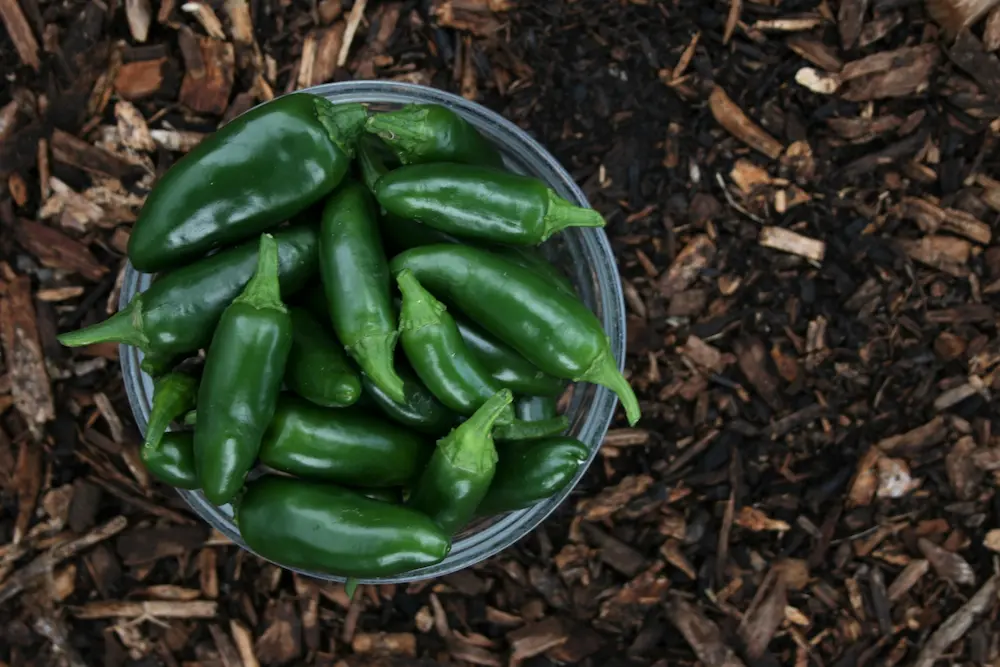
With just some simple containers and preparation, bucket gardening opens up so many possibilities for edible gardening no matter how little space is available. Getting your hands dirty and producing fresh, homegrown produce is not only rewarding but surprisingly easy and productive with bucket gardens. Start planning today and you’ll be enjoying nutritious, ultra-local food all season long!
Please note: Some of the links in my posts are affiliate links. I get commissions for purchases made through those links. As an Amazon Associate I earn from qualifying purchases when you buy something from those links.
Learn more about home gardening
10 essential gardening tools every gardener should have





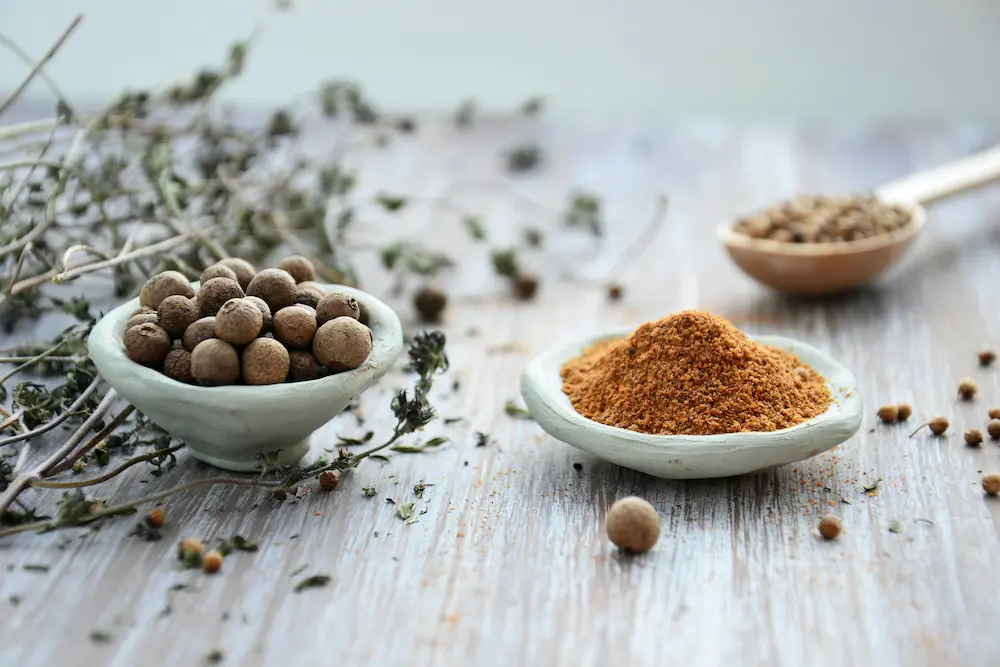
Leave a Reply